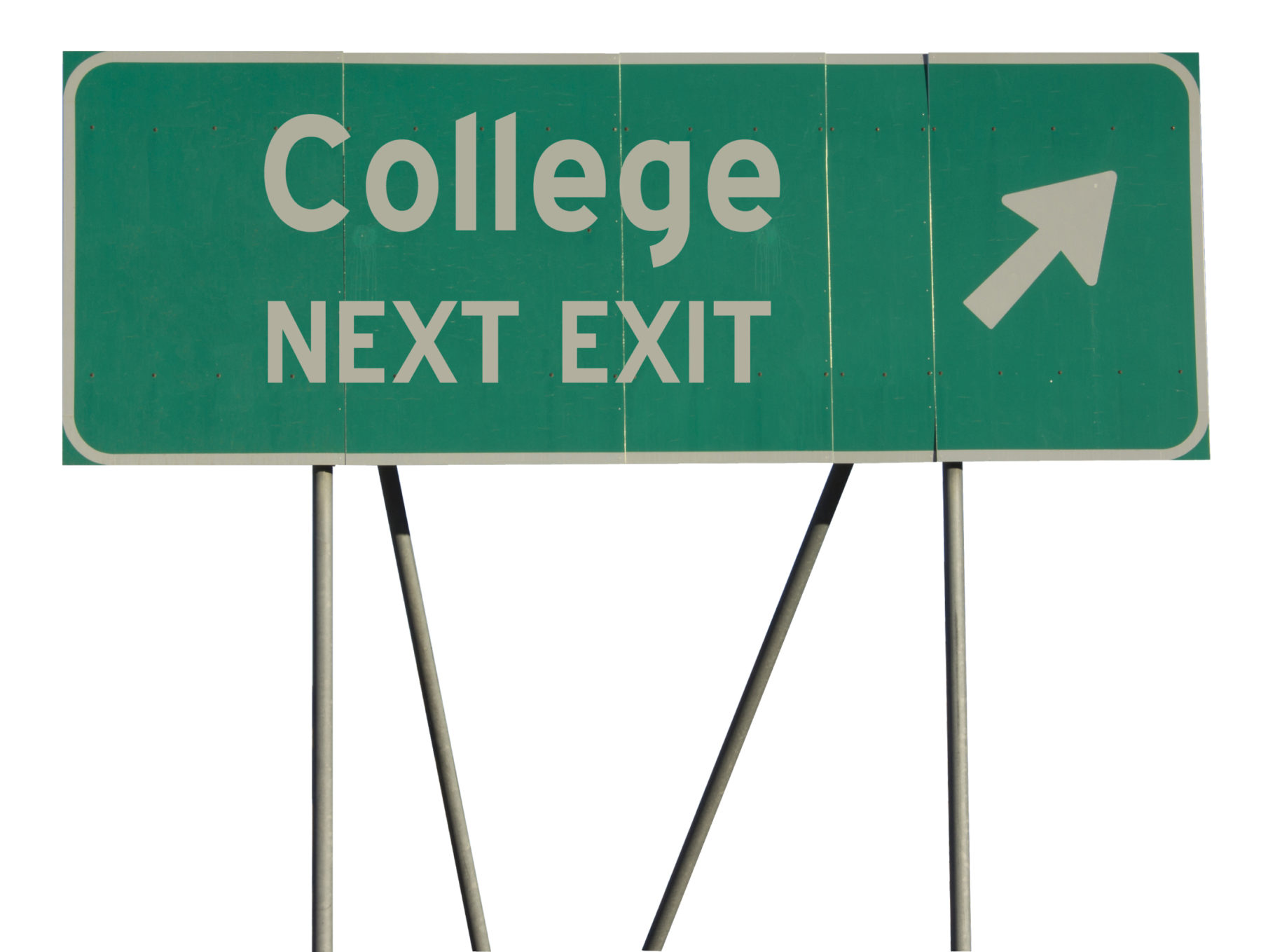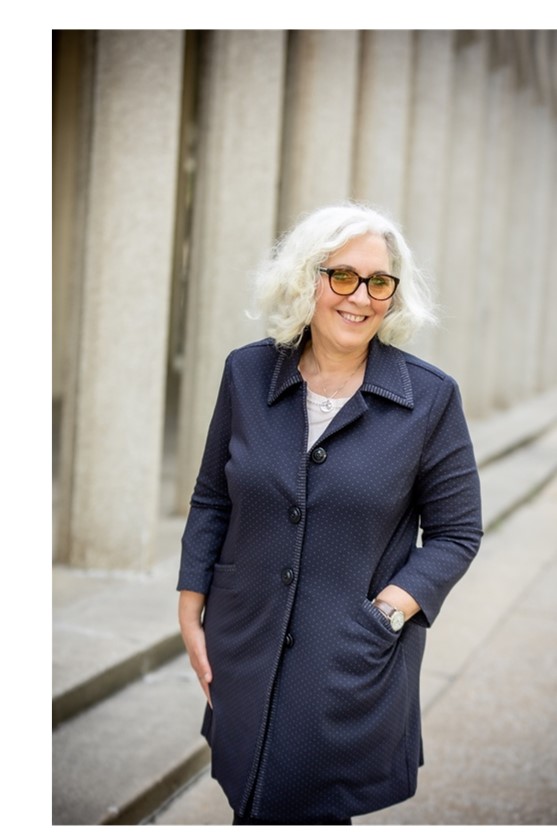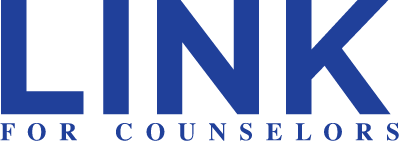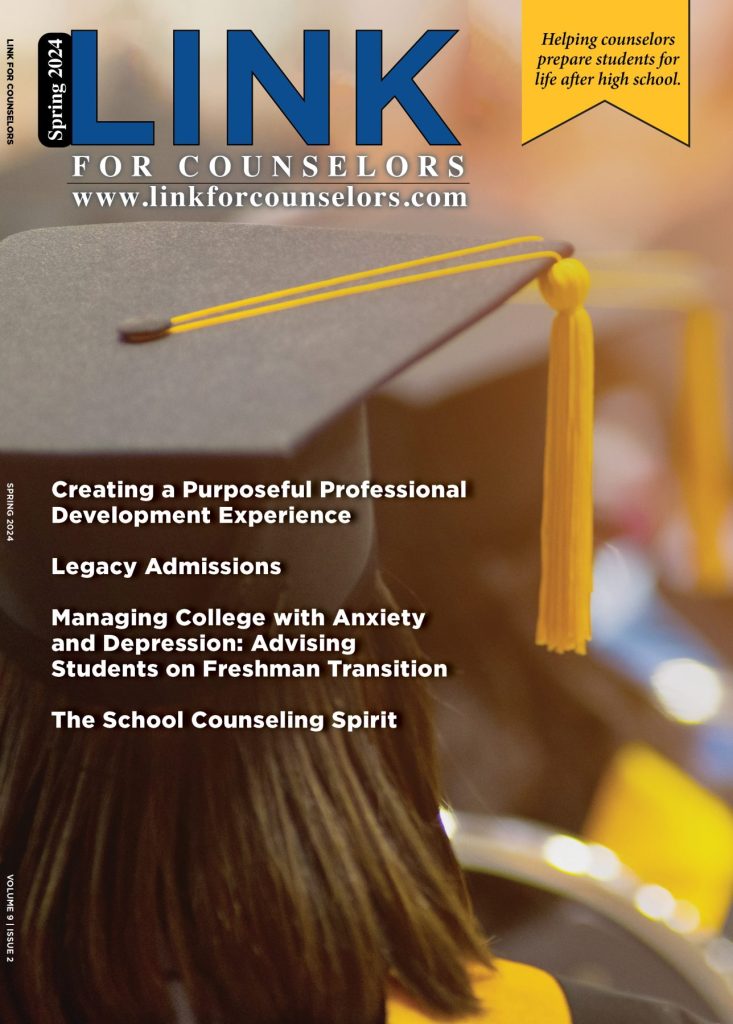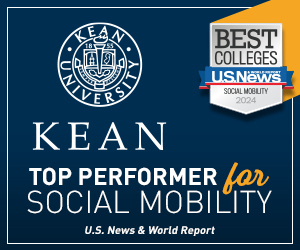Transferring colleges can be an exciting yet challenging experience. Many of your students will begin their college careers at one school and then transfer to another school where they will ultimately graduate. Whether they are seeking better academic programs, a change of environment, or new opportunities, it’s important to navigate the transfer process strategically. To help them make a smooth transition, we’ve compiled ten key tips you can share with them that will empower them to transfer colleges successfully.
Research your options: Take the time to thoroughly research potential transfer institutions. Consider factors such as academic reputation, program offerings, location, campus culture, and financial aid opportunities. Make a list of your top choices and gather all the necessary information to compare and contrast them effectively.
Understand transfer requirements: Each college has its own transfer admission requirements, including minimum GPA, prerequisite courses, and specific application procedures. Review these requirements early on to ensure you meet all the criteria. If you have any doubts or questions, reach out to the admissions office for clarification.
Plan your coursework strategically: Before transferring, ensure that the courses you’re taking align with the curriculum requirements of your prospective colleges. Review the transfer credit policies to understand how your previous coursework will be evaluated and accepted. Seek guidance from academic advisors at both your current and prospective colleges to create a viable academic plan.
Maintain a competitive GPA: One of the most critical factors in transfer admissions is your academic performance. Aim to maintain a strong GPA throughout your college years, as it will greatly impact your chances of acceptance into your desired institution. Put in the necessary effort to excel academically, and seek additional resources if needed, such as tutoring or study groups.
Craft a compelling application: When preparing your transfer application, pay close attention to your personal statement or essay. Highlight your reasons for transferring, your academic and extracurricular achievements, and how the new college aligns with your future goals. Be authentic, concise, and showcase your passion for learning.
Request strong recommendation letters: Reach out to professors, advisors, or mentors who can provide you with strong recommendation letters. Choose individuals who can speak to your academic abilities, work ethic, and potential for success. Provide them with relevant information about your transfer goals and aspirations to help them write a personalized and compelling recommendation.
Attend transfer information sessions or events: Many colleges offer transfer-specific information sessions or events to help prospective transfer students. Attend these sessions to gather important insights, connect with admissions representatives, and learn more about the college’s transfer process. These events can provide valuable opportunities to ask questions and network with current students or other prospective transfers.
Visit campuses: Whenever possible, visit the campuses of your prospective colleges. Campus visits allow you to experience the college environment firsthand, get a sense of the culture, and envision yourself as a student there. Attend campus tours, sit in on classes if permitted, and engage with current students to gather valuable insights.
Stay organized and meet deadlines: Transferring colleges involves managing various deadlines and requirements. Create a timeline or checklist to stay organized throughout the process. Be mindful of application deadlines, transcript requests, and financial aid applications. Meeting deadlines demonstrates your commitment and professionalism.
Seek support and guidance: Transferring colleges can be a complex process, and it’s essential to seek support from your current college’s transfer advisors and resources. They can guide you through the transfer process, provide information about scholarships or grants, and help you navigate any challenges that may arise. Additionally, reach out to friends, family, and mentors for emotional support during this transition.
Transferring colleges opens doors to new academic opportunities and personal growth. By following these ten key tips, you’ll be well-prepared to navigate the transfer process successfully. Remember to conduct thorough research, maintain strong academics, carefully craft your application materials, and seek guidance from advisors.





